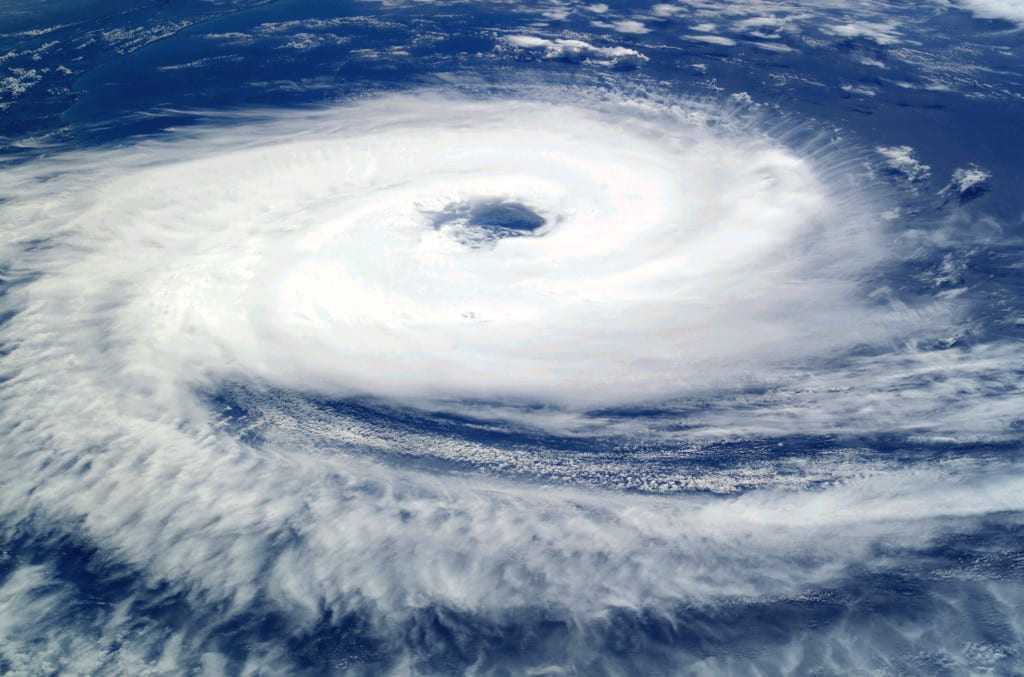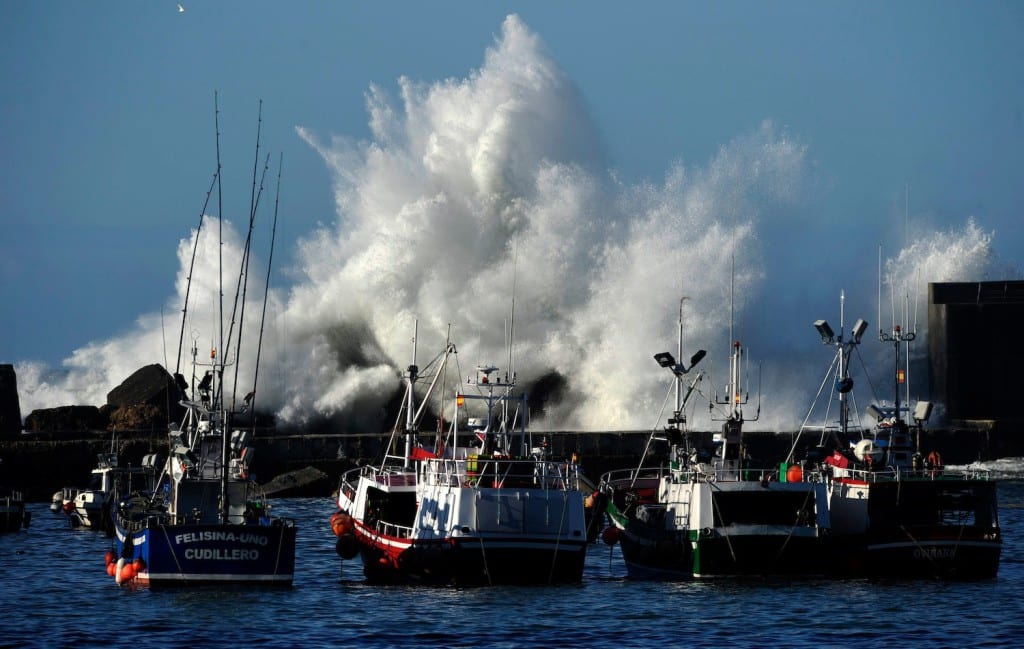
Cyclone Catarina, March 26, 2004
One of the meteorological phenomena that most attracts attention due to the power they can achieve and, as a consequence, the damage it can cause, is undoubtedly our protagonist today.
Do you want to know what a cyclone is and how is it formed? I'll explain it to you below.
What is it?
A cyclone is a gigantic eddy of wind accompanied by a storm, which can be formed in any area where there are low pressures, since these are areas that attract air from the atmosphere.
PREMIUM QUALITY
Five types of cyclones are distinguished (tropical, extratropical, subtropical, polar and mesocyclones), of which we will highlight tropical and polar cyclones for being the most frequent news stars.
-Tropical cyclone: it forms in oceans whose temperatures are high, warm. Of the absorb all the energy they need to develop. They are also known as hurricanes or typhoons, and even as tropical storms.
The winds they generate can reach a speed of at least 120km per hour, accompanied by heavy rains.
-Polar cyclone: Unlike the tropical, this type of cyclone has a shorter duration. They develop much more rapidly, so much so that reach their maximum power in just one day.
They are not considered as problematic as hurricanes, but the intensity of the winds is also high.

Storm, one of the consequences of explosive cyclogenesis
Explosive cyclogenesis
When speaking of cyclones it is inevitable that we deal with the issue of explosive cyclogenesis. This phenomenon is nothing more than the consolidation of a cyclone, producing very intense gusts of wind and storms that can cause serious material damage.
For it to happen, the temperature of the sea surface and that of the air must be very different, so that there is a notable pressure drop and in a very short period of time.
This is easy, keep going like this, you can be stronger and more difficult than this, please, please, I'm a skywars rat child